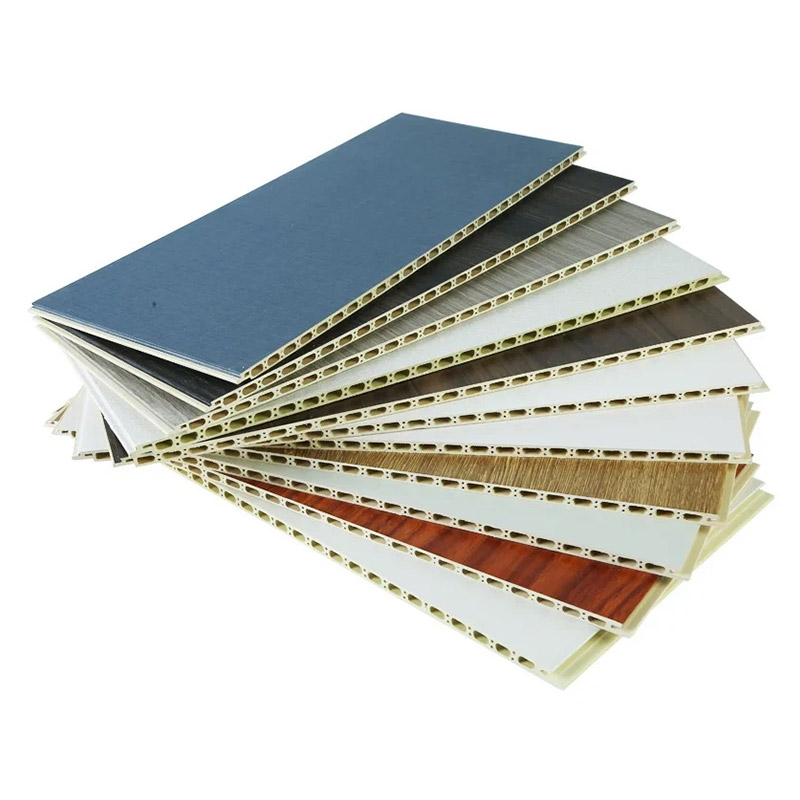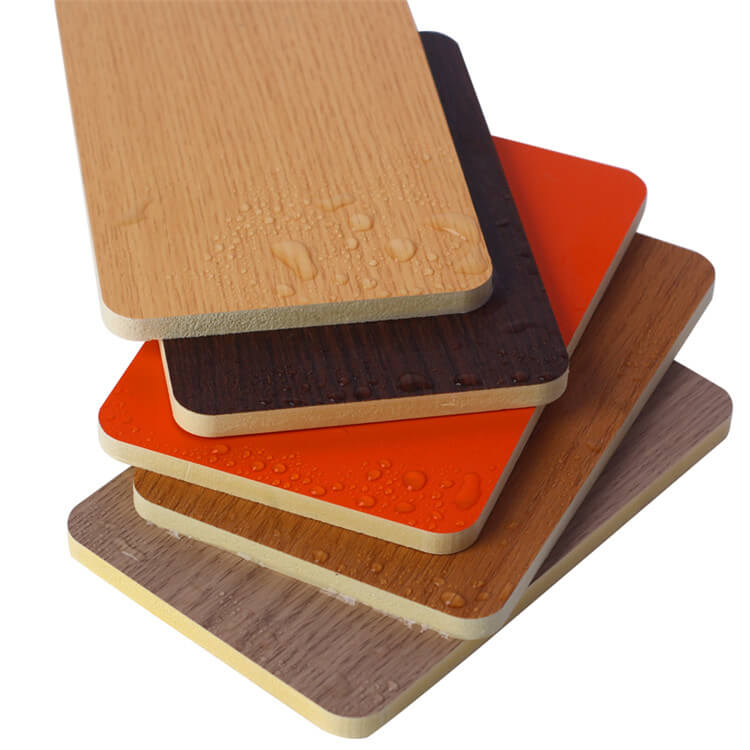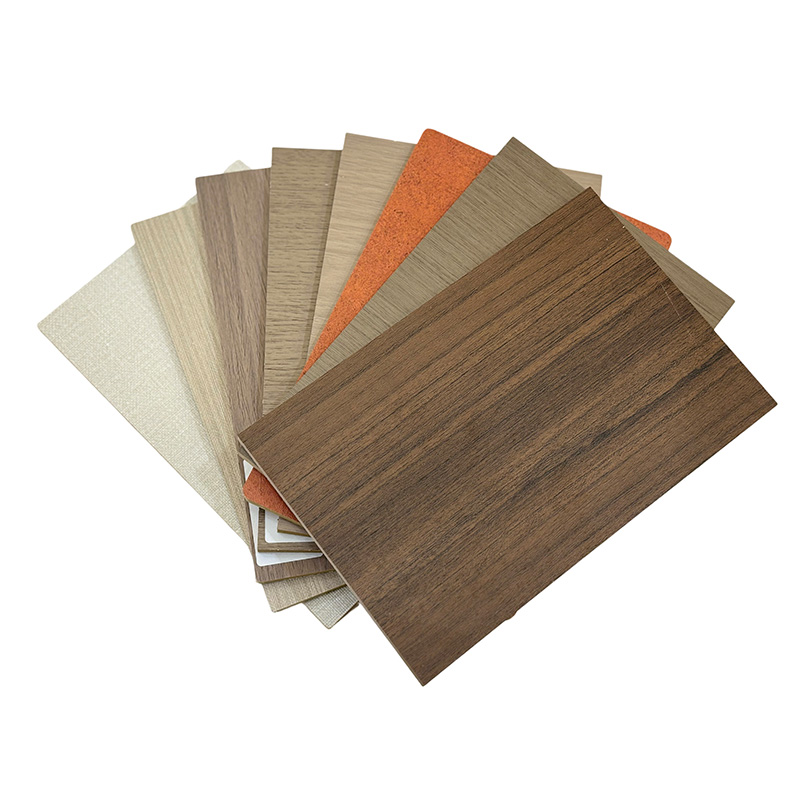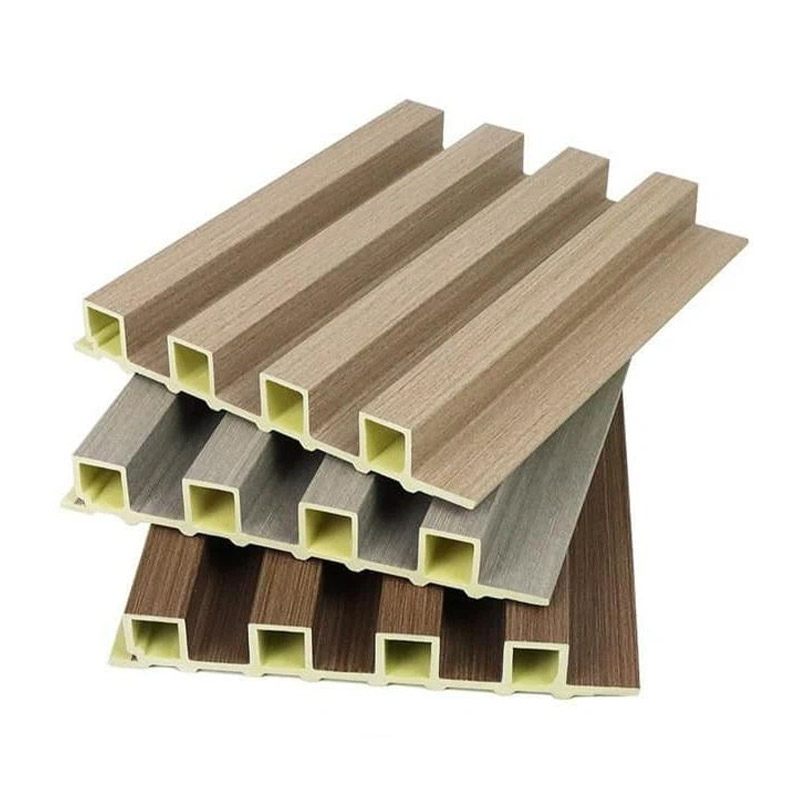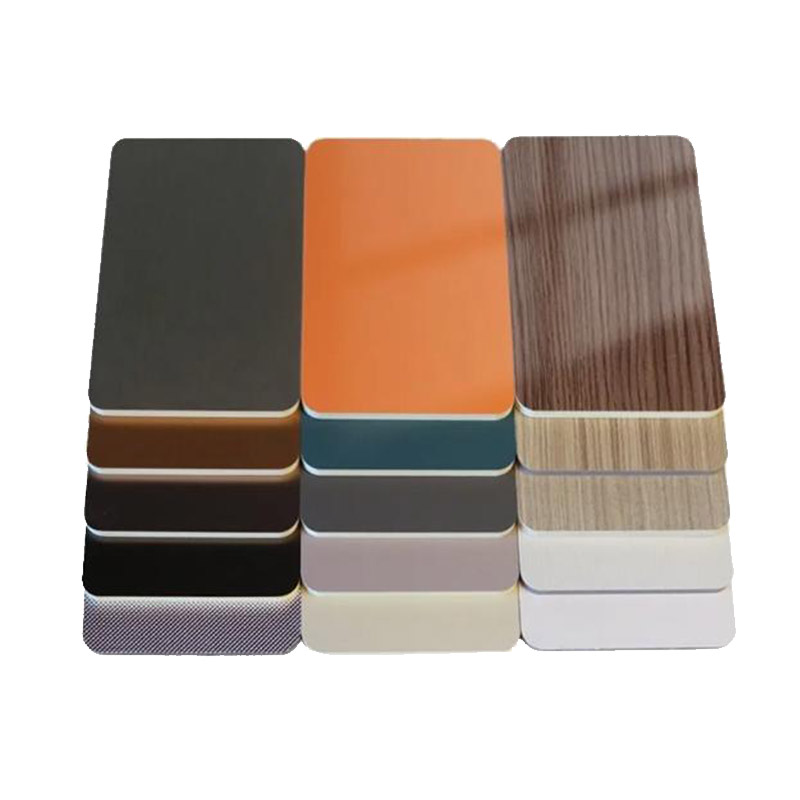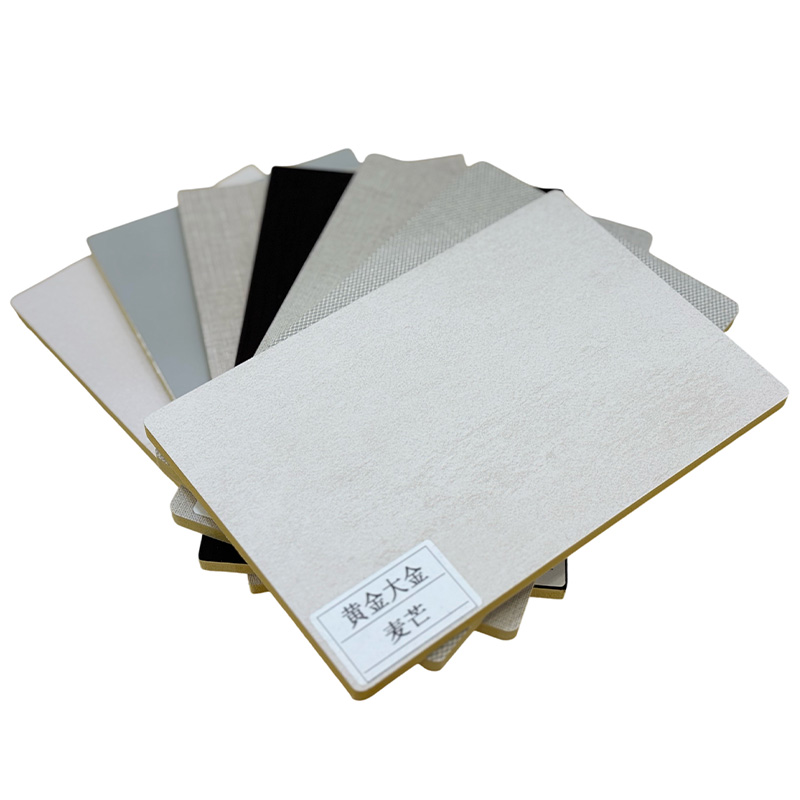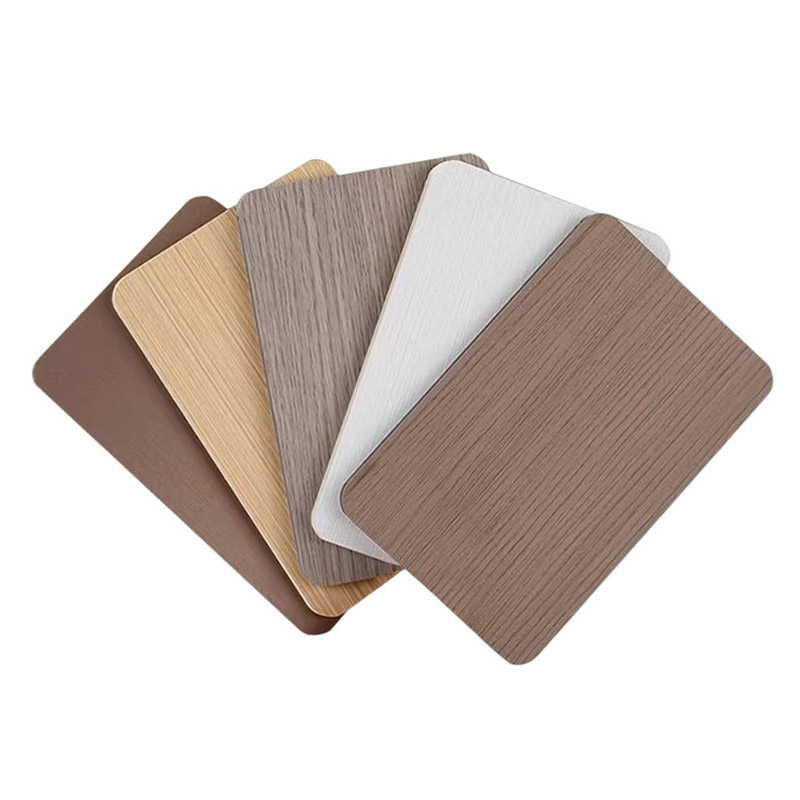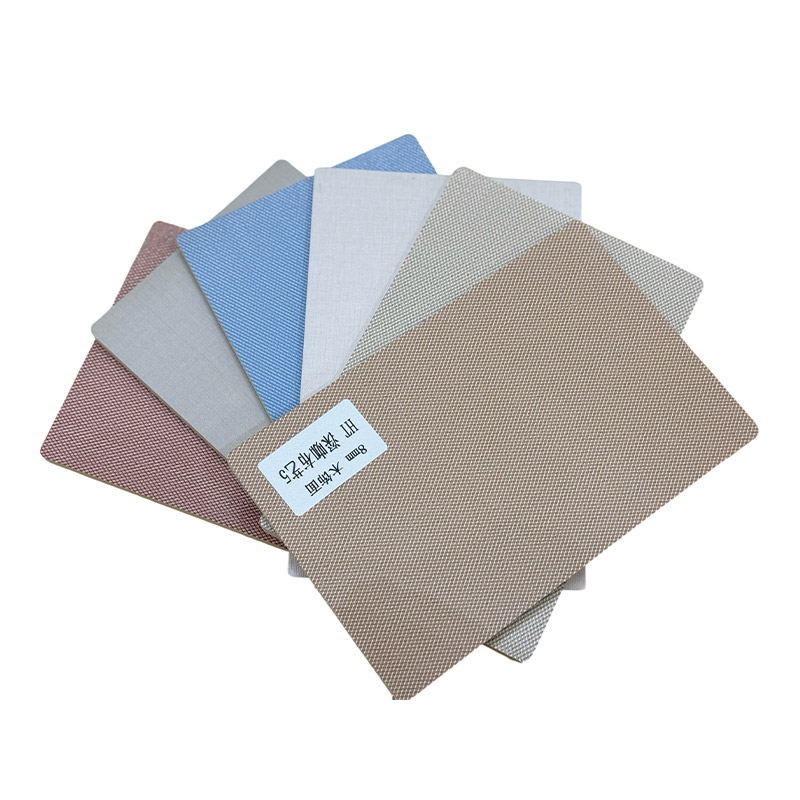Is The WPC Wall Panel Stronger Than Wood?
In the fields of construction and decoration, material selection is always a key step. Traditional wood has long been favored for its natural texture and warm touch, and is widely used in various aspects such as interior and exterior decoration and structural construction. In recent years, WPC (wood plastic composite) wall panels have emerged as an emerging material, occupying a place in the market with its unique performance. A question lingers in the minds of many owners, designers, and builders: Is WPC wall panel really stronger than wood? To deeply analyze this question, what dimensions should be compared? Next, let us delve into the differences in the strength of WPC and wood.

Table of Contents
Key Performance Comparison: The “Strength” of WPC vs. Wood
“Strength” isn’t a single measure; it is the ability of a material to withstand external forces and environmental damage. To be able to compare WPC with wood, it is necessary to delve into the following dimensions:
1. Compressive and flexural strength: Which can withstand greater pressure?
Wood: Natural wood is highly contingent on the species and its grade. Good quality hardwoods (such as hickory, oak and teak) have extraordinary compressive and flexural strength. Their fiber structure is natural, which makes them strong in load-bearing capability and is the reason the reason why it is hard to replace completely in load-bearing structures like columns and beams. However, wood exhibits “anisotropy”–significant differences in strength along different grain directions. Internal imperfections such as cracks and knots are notable weakness, drastically reducing its effectiveness in strength.
WPC The durability of WPC is determined by the density and ratio of the polymer matrix (such as PVC or PE) as well as wood fiber and also the process. Data from laboratories (such like ASTM D6109 test) generally indicate the following:
- High-density, high-fiber WPC Flexural strength can approach or even exceed the strength of softwoods (e.g. pine, fir) but it’s generally less than hardwoods with high grade.
- The plastic component of WPC could be decent, but the stiffness and flexural strength are usually lower.
Summary: For projects that require large load bearing capacity (such for structural supports) high-quality hardwoods are the most solid option. WPC’s strength is better suited for load-bearing applications that are not heavy or brittle. application such as cladding or decorative. When you purchase WPC ensure that you take note of the tests of strength and density.
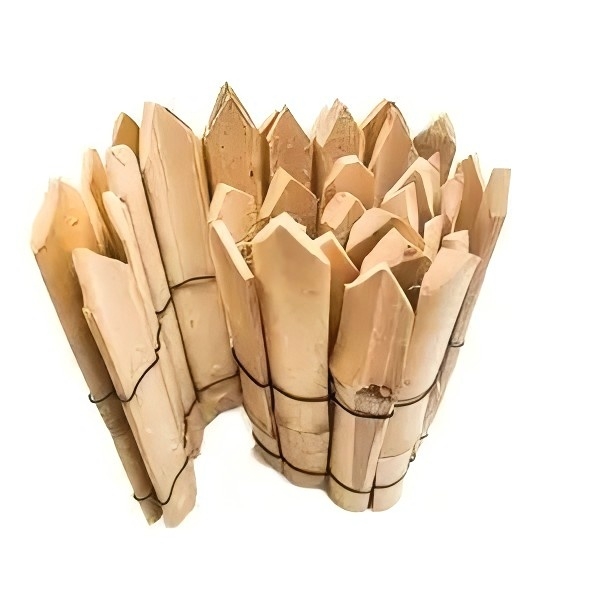
2. Impact Resistance: Which is More Resistant?
Wood: Solid wood is characterized by an elasticity of some kind and absorption capacity for energy. Small collisions (such such as hail and small objects falling) could cause dents but they are not always cracks and some damage could “rebound” over time. However, serious impact or collisions with sharp objects could cause chipping and cracking.
WPC: The addition of plastic significantly improves WPC’s impact resistance, especially in cold or humid environments. It is more resistant to accidental hits (such as falling instruments or even hail) and is less likely to suffer cracking or chipping caused by wood. The damage to surfaces is typically restricted to scratches.
Summary: WPC generally performs better in resisting sudden impacts or severe weather. Its toughness is one of the key reasons for its popularity in outdoor fencing and exterior siding.
3. Long-Term Durability: Which Will Withstand the Test of Time?
Moisture and Rot:
Wood: The wood’s main adversary is moisture. Exposure to moisture for long periods can quickly cause swelling and absorption of water that breeds fungi, leading to mildew and decay, as well as rapid weakening of the wood’s internal strength. Termites and other pests are dangers to your home. Treatments to prevent corrosion could significantly reduce this, however they require ongoing maintenance and could cause environmental problems.
WPC’s main benefit is its superior moisture, insect, and corrosion resistance. The wood fibers wrapped in plastic effectively stops moisture from entering which makes it nearly invulnerable to mildew, rot and insects. It is far superior to wood in bathrooms with high humidity or at the bottom of fences that come into direct contact with the soil or in seaside settings.
Temperature Fluctuations and Dimensional Stability:
Wood is prone to swelling and contraction. intrinsic to the nature of wood. Repetitive wet-dry cycles and extreme temperature variations can lead wood to warp, crack and shrink, thereby damaging its structural integrity and aesthetics. Expansion joints should be constructed and maintained with care during the installation.
WPC’s temperature coefficient is typically greater than that of wood. Although its moisture resistance is less effective in reducing the deformation triggered by humidity but it is still subject to more substantial in terms of linear contraction and expansion than wood when exposed to the direct sun or with extreme temperature variations. Quality WPC formulations and a proper installation (including extensive expansion joints) will effectively reduce the issue. Their general resistance to deformation during dynamic conditions is typically higher than that of wood that is not treated.
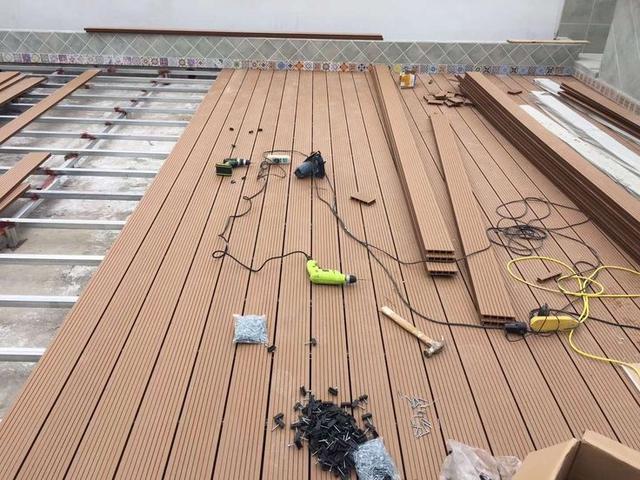
Summary: WPC offers overwhelming advantages for long-term resistance to environmental harm (water and fungi and temperature changes) and significantly reduces maintenance needs and prolonging the life of its service.
“Rugged” Performance in Real-World Applications
Theoretical performance parameters ultimately need to be tested in real-world applications:
Outdoor Applications (such as exterior walls and fences)
WPC Highlights: Its unbeatable weather resistance in addition to its resistance to insects and decay and its minimal maintenance needs (typically needing only water rinses) shine. WPC keeps its structural strength and appearance with time through exposure to rain, sun and frost. It also withstands snow, often prolonging its life far over that of regular wood. The time and cost savings from repeated sanding and painting are important.
Wood Challenges: Even treated wood (such such as wood treated with preservatives) will slowly age crack, fade, and crack in harsh outdoor conditions. Maintaining it regularly (usually every 3 to 5 years) involves cleaning, sanding, as well as applying paint or oil for wood, otherwise, its durability and strength will be drastically reduced. Premium hardwoods (such as teak and balau) provide a much longer life span however, they are very expensive.
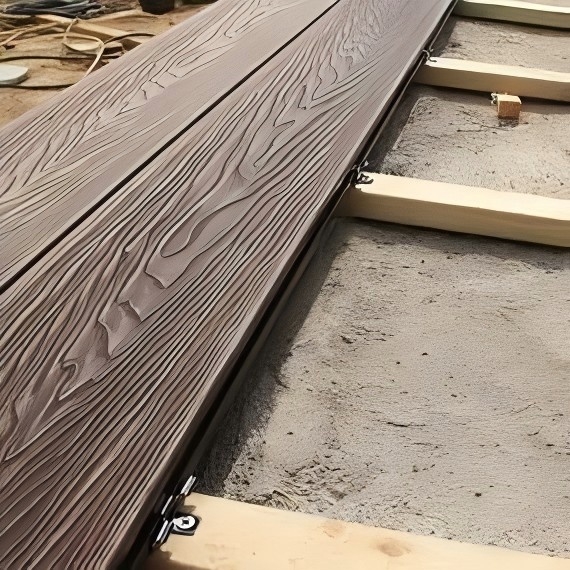
High-Load Scenarios (e.g., load-bearing structures)
Wood’s Fortress: When it comes to construction structures that have to endure heavy loads engineered timber and cross-laminated lumber (CLT) as well as high-quality dimension lumber continue to be the standard or the most popular material because of their superior weight-to-strength ratio and their dependable Engineering design requirements. Their load-bearing capabilities and ability to work are hard to compete by WPC.
WPC’s Limitations: The overwhelming majority of WPC wall panels and profiles currently available being offered aren’t specifically designed to support loads. Their compressive and flexural strength as well as the quality of their connectors are not sufficient to comply with the structural safety standards. Utilizing them for areas that bear loads poses serious dangers to safety.
Common User Misconceptions
“Strong” ≠ “Hardness”
A lot of people confuse the notions of “strong” and “hardness.” The degree of hardness is a measure of a material’s ability to withstand scratches and indentations on the surface. Since WPC has plastic in it and has a surface wear resistance, it might be superior to other corks which makes the appearance “harder.” Yet, “strong” is more about general strength and endurance. High-hardness WPC board might have less shear or bending strength as compared to a traditional oak panel.
“Low Maintenance” Masks Everything?
WPC’s low maintenance is a significant advantage, but it’s not a panacea. Important considerations:
Initial Cost: WPC of high-quality generally costs more than regular cork or treated wood.
Thermal Expansion: Incorrect Installation (insufficient expansion joints) could easily cause deformation and warping.
Stain and Fading Resistant: Dark-colored WPC can be more susceptible to fade in bright light, and certain low-quality products are susceptible to oil staining. It’s essential to select a trusted brand and weather-resistant masterbatch. Repair Efficacy Damaged (such as cracked or severe scratches), WPC is generally more difficult to repair or substitute than wooden.
Conclusion: How to Choose?
If the work is situated in a moist environment such as remodeling a basement or bathroom or an outdoor location that is that is exposed to rain and wind for a long period of time, WPC is undoubtedly the most suitable option. Its outstanding durability to corrosion and moisture guarantees durability and minimizes repairs and replacement cost. When loads with high load-bearing capacity are needed and the material’s natural appearance and attractive appearance are sought-after Certain high-quality hardwoods like preservative treated redwood or oak, may better meet the requirements by using the right design and construction.

